This series of photographs explores the liminal or in-between spaces in the landscape and how those spaces represent a commodified nature of society. The in-between exists in a couple forms of waste landscapes or drosscapes including wasted spaces; empty dirt lots, abandoned buildings, and ruins. Wasteful spaces; vast expanses of parking lots and voided land for separating areas. Actual waste; consumption, construction, and the expanding reach of sprawl. The photographs are represented in a way to relate to the sublime paintings of Caspar David Friedrich, JMW Turner, Thomas Cole and the Hudson River Painters with powerful skies, high vantage points and processional views to infinity that are meant to give a sense of awe and a sense of terror and delight. The photographs represent the duality of a beautiful wasteland and lay in the middle of reality and the surreal. They point out the cultural implications of a beautiful landscape becoming industrialized through subtle absurd juxtapositions and nostalgic lighting. The photographs reflect an existential duality that shows the absurdity of our own surroundings. Liminal spaces show the free will of man to commodify and sectionalize the landscape in to little units separated by roads on a large grid imposed on a domesticated natural environment. It represents how man gives meaning to the world and how nothing is ordained by divine will in a godless but beautiful landscape.


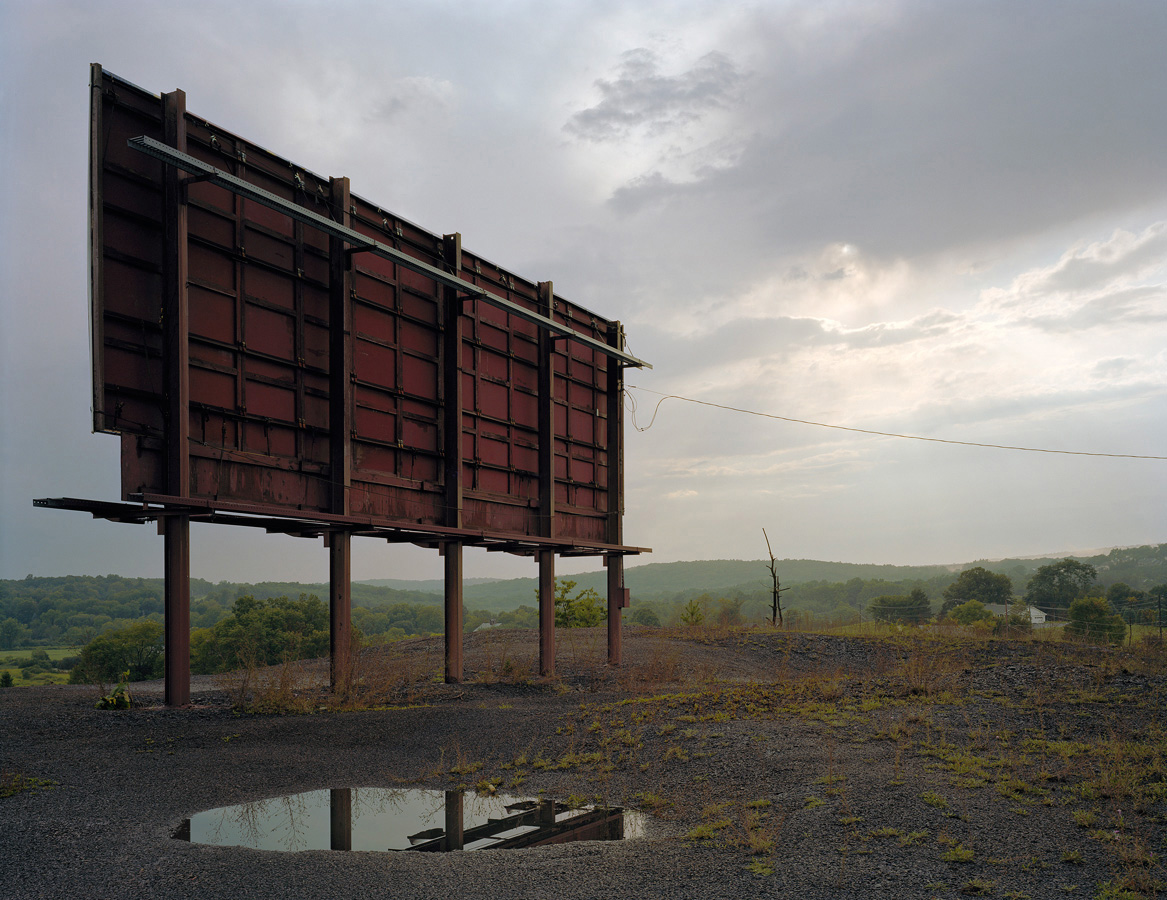
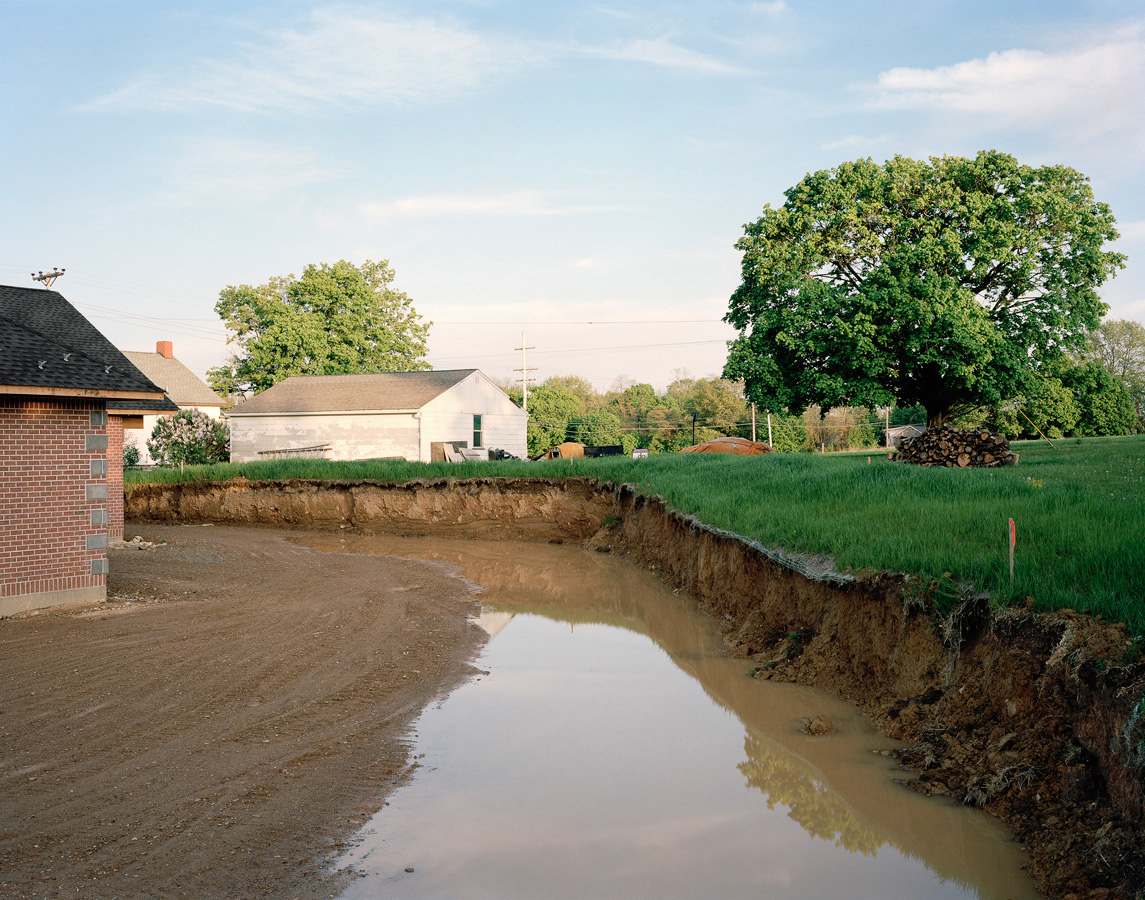
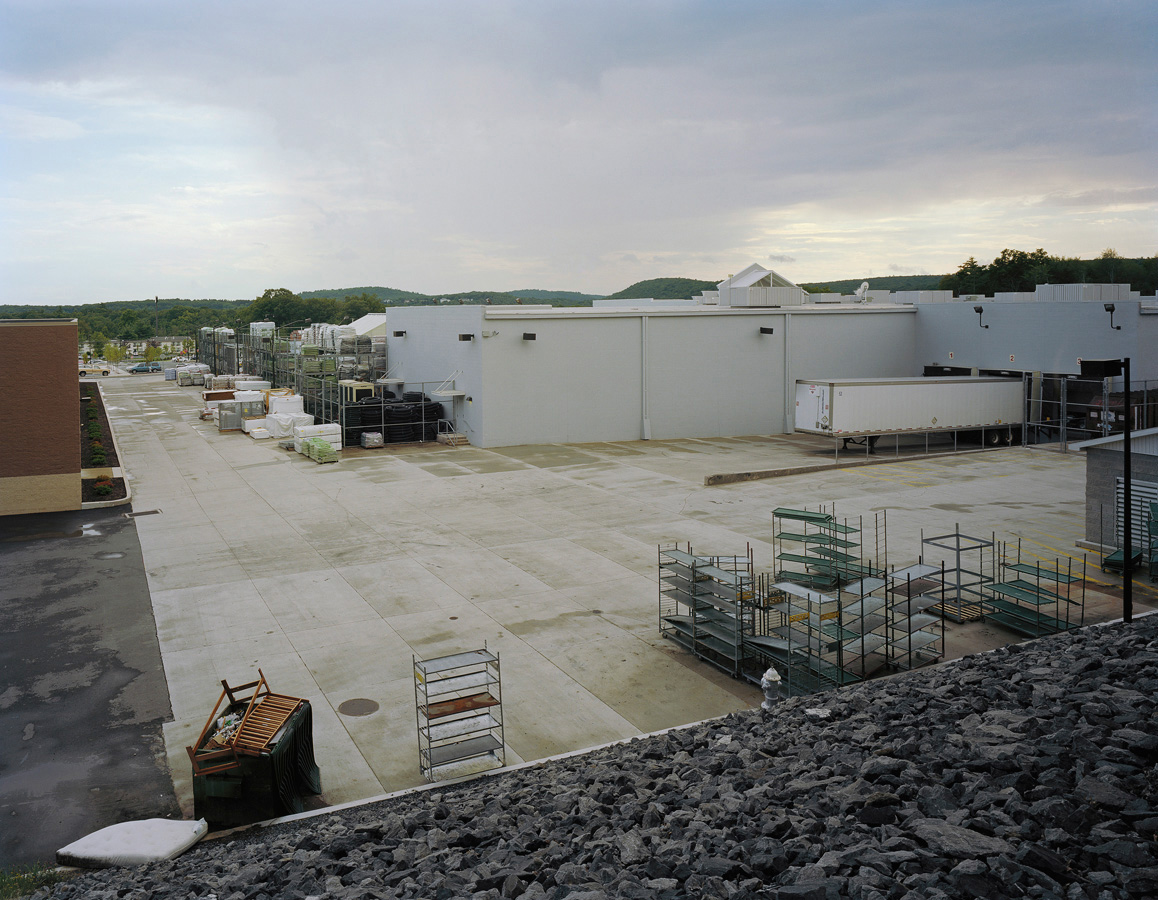
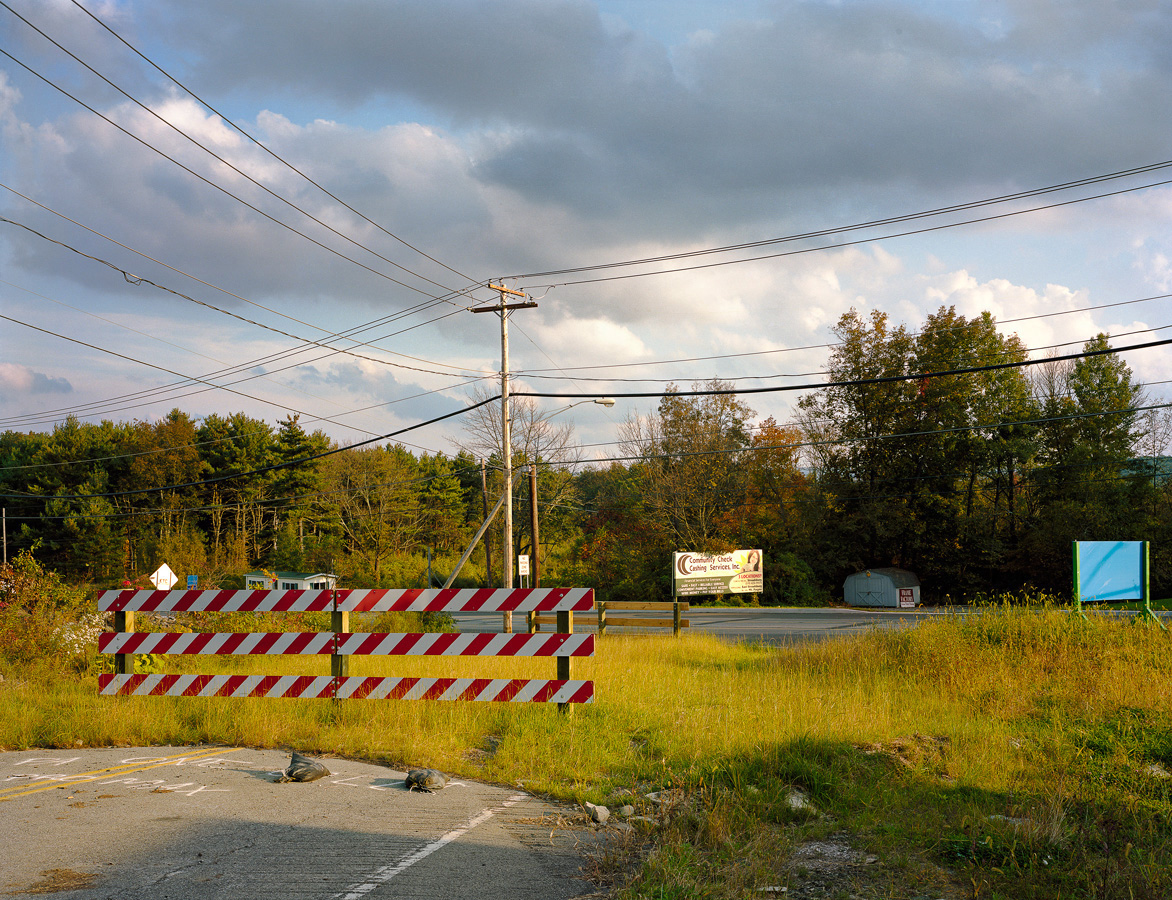


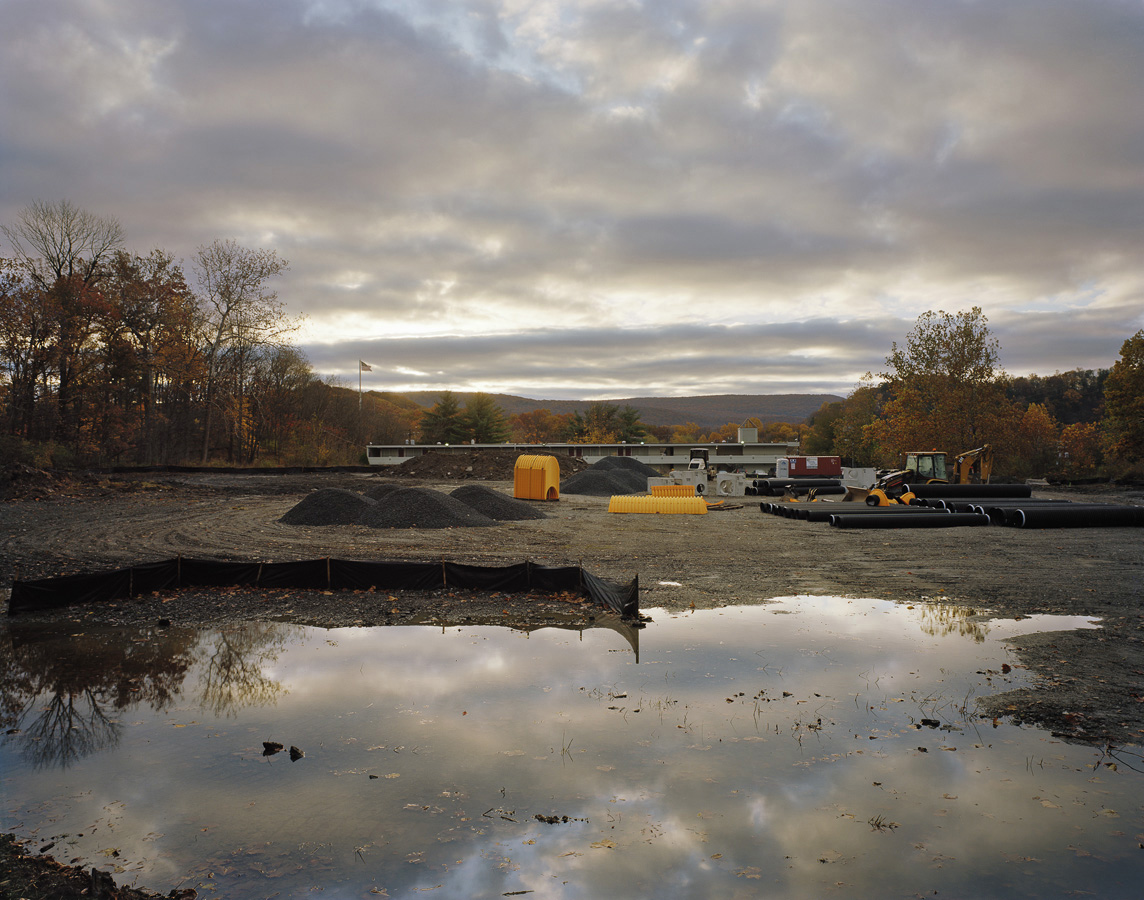

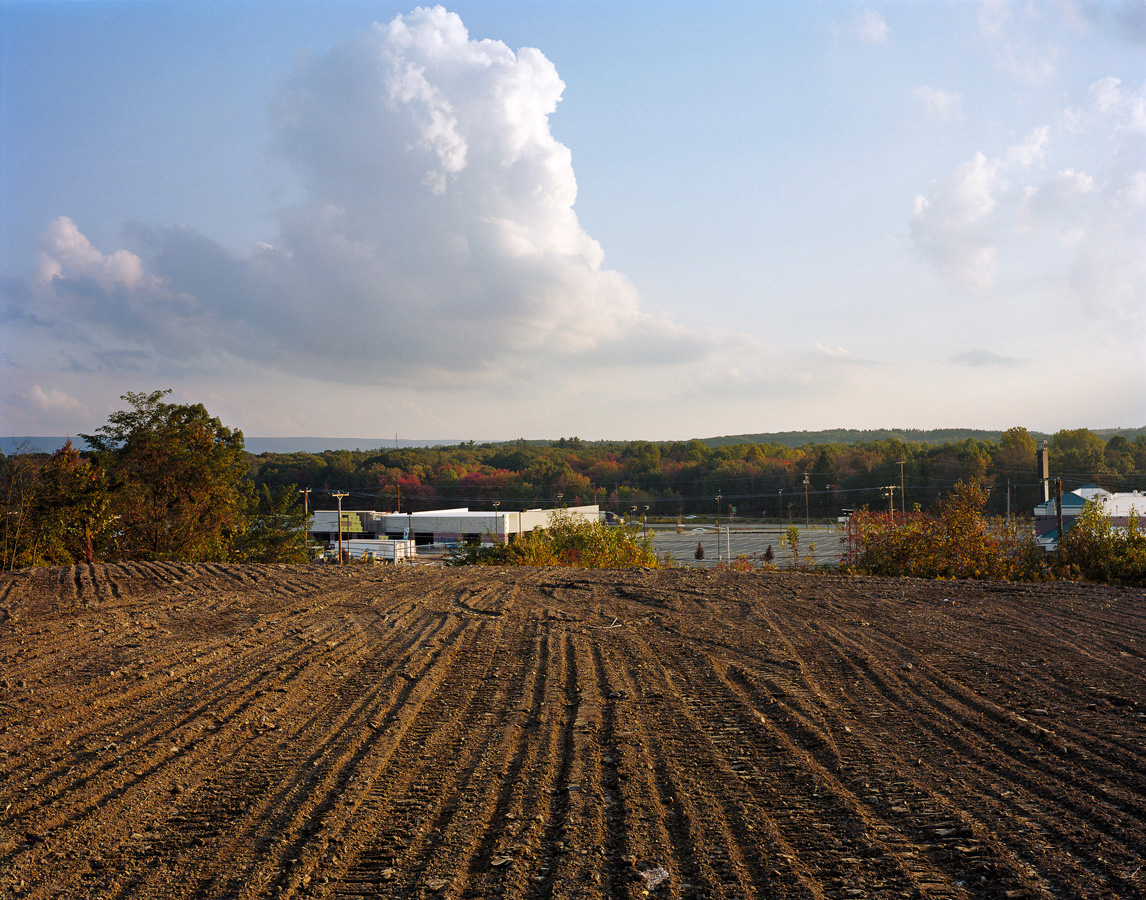
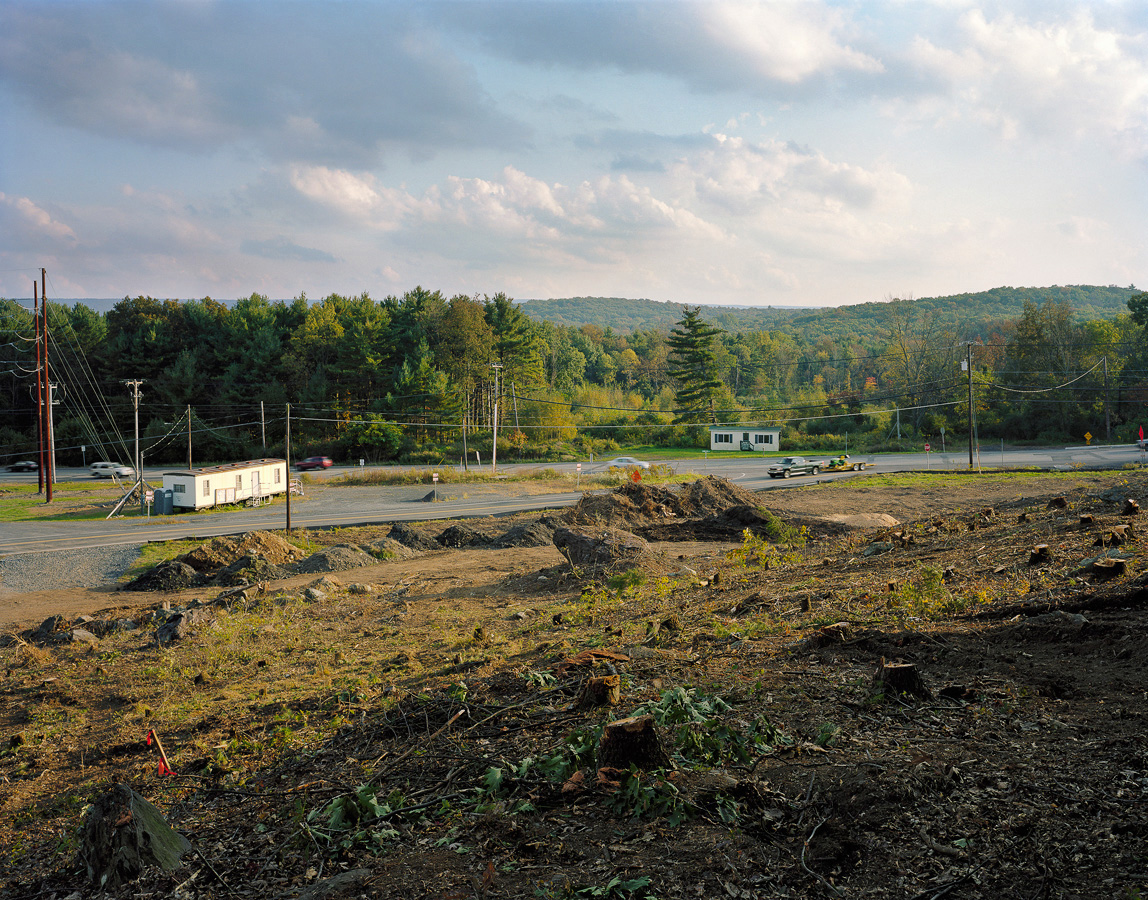
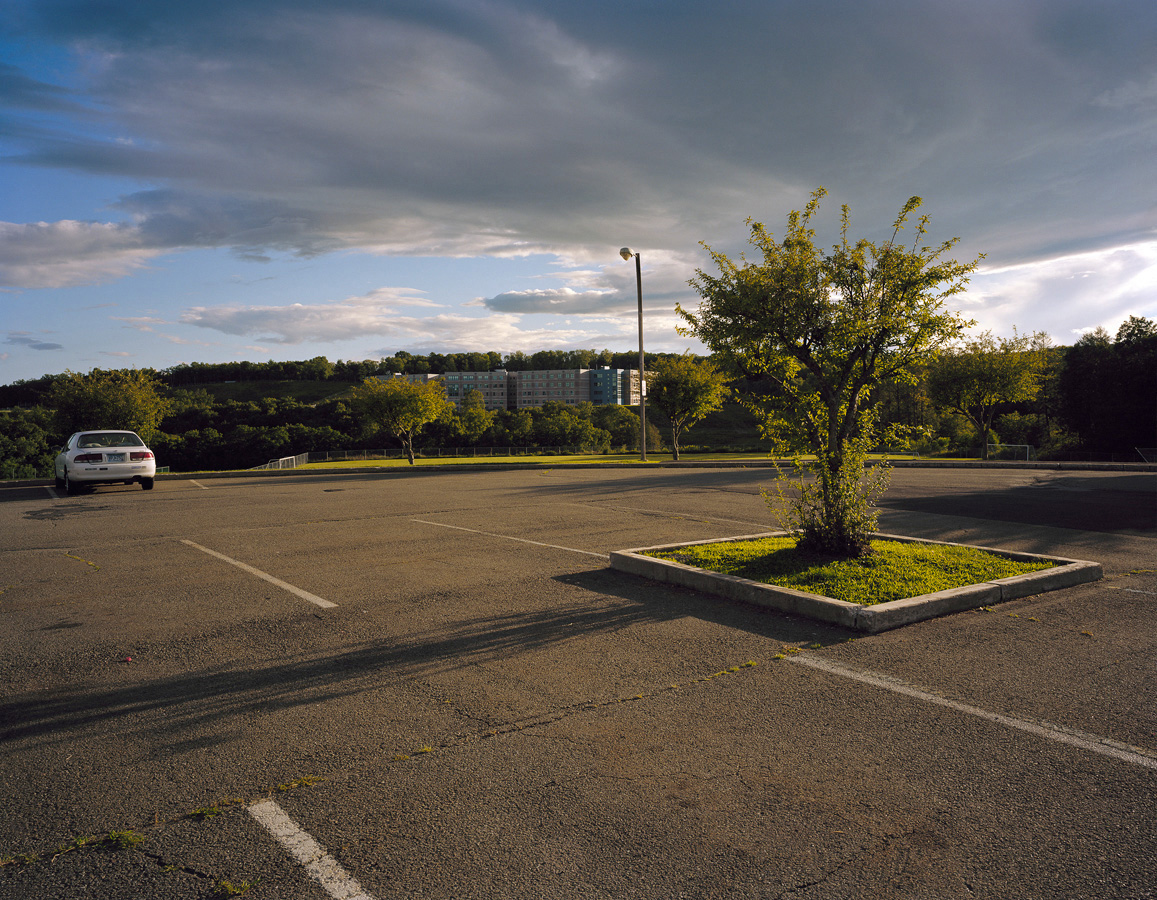




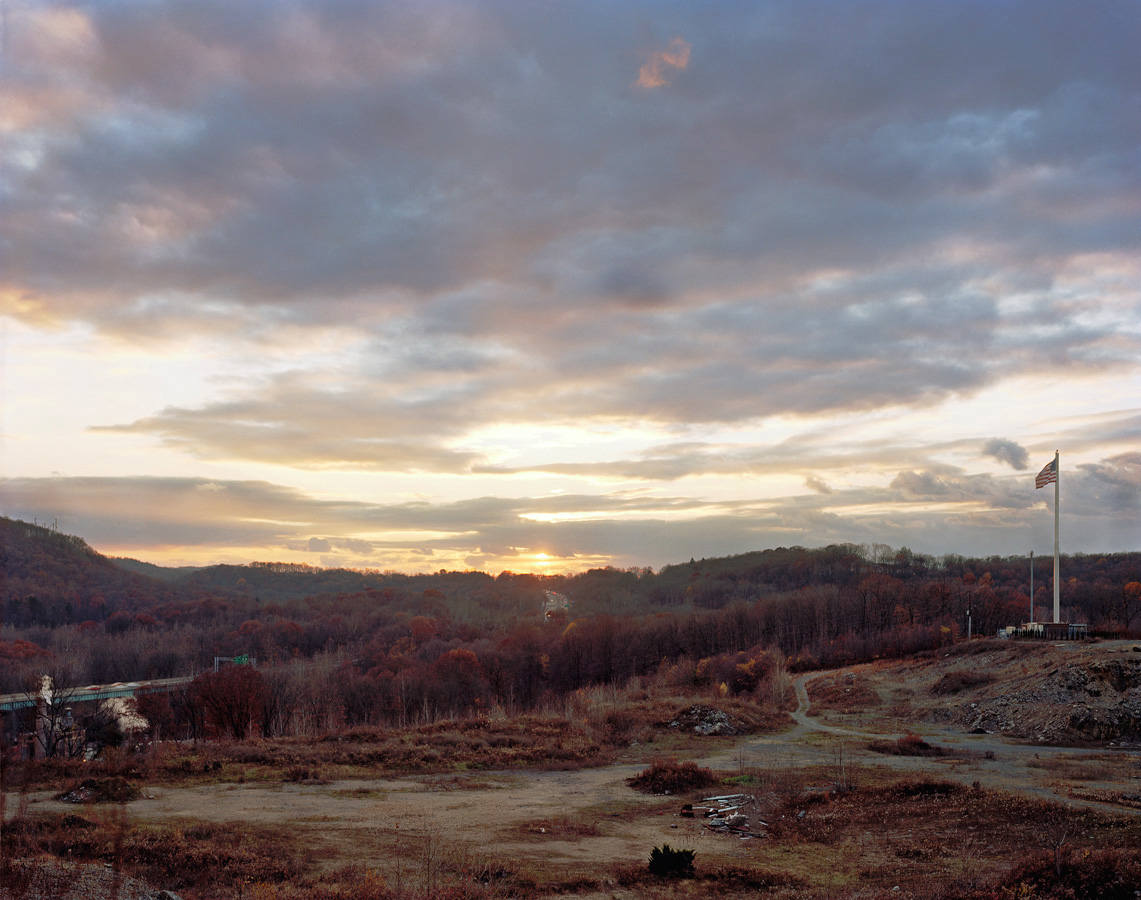
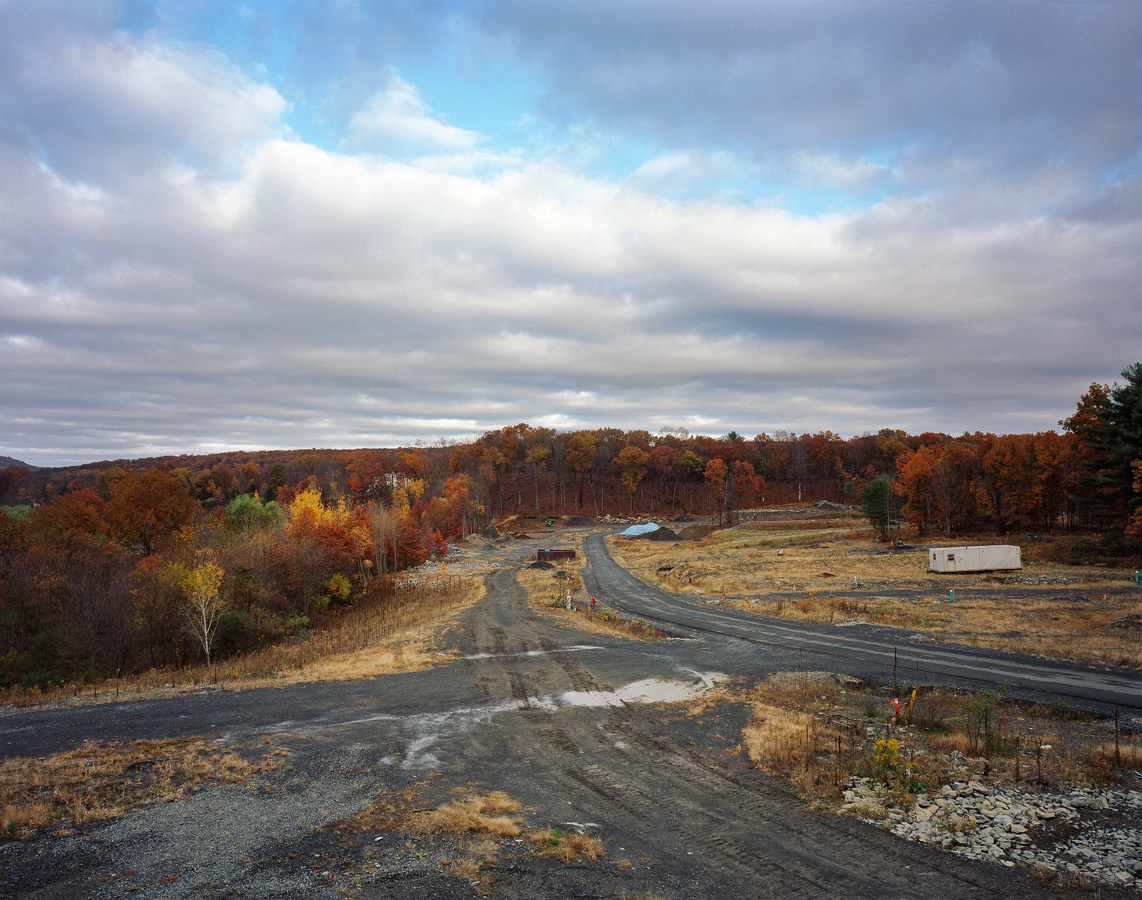

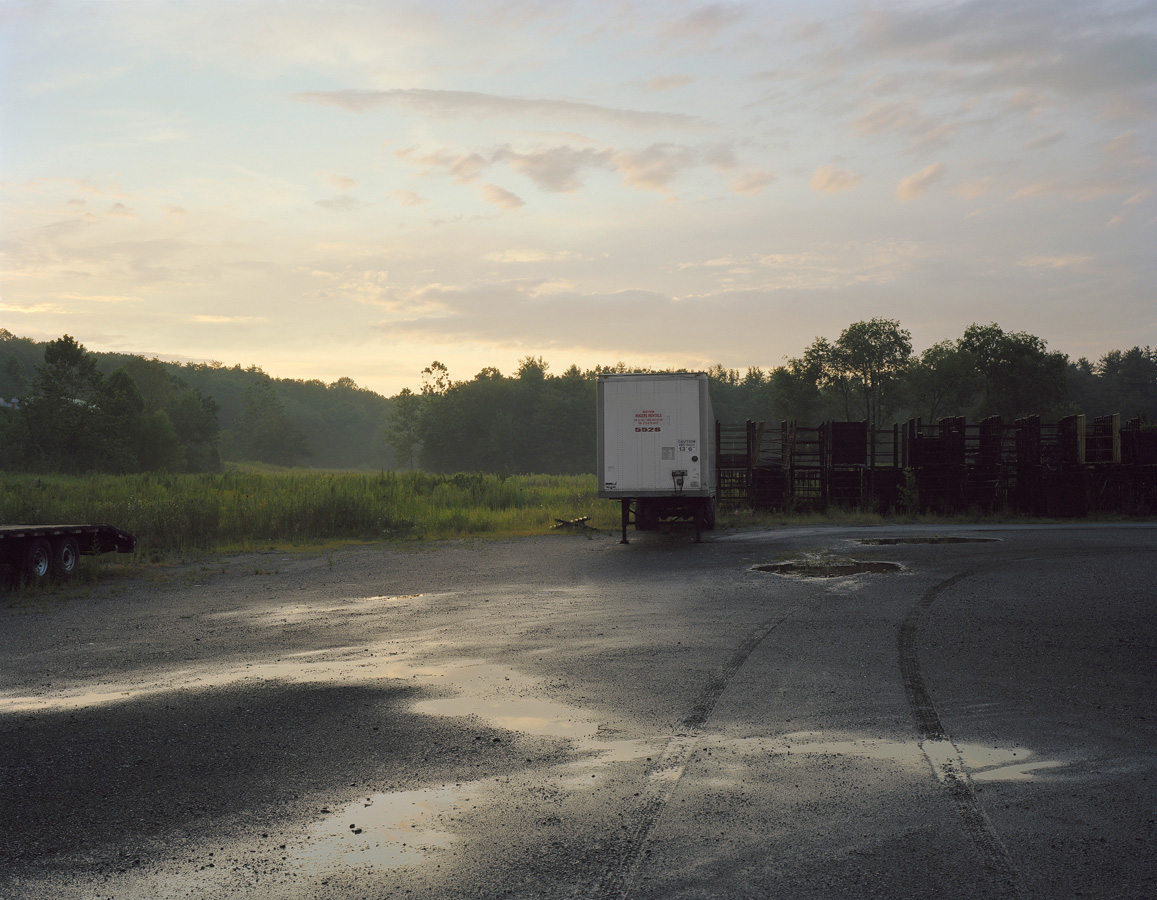

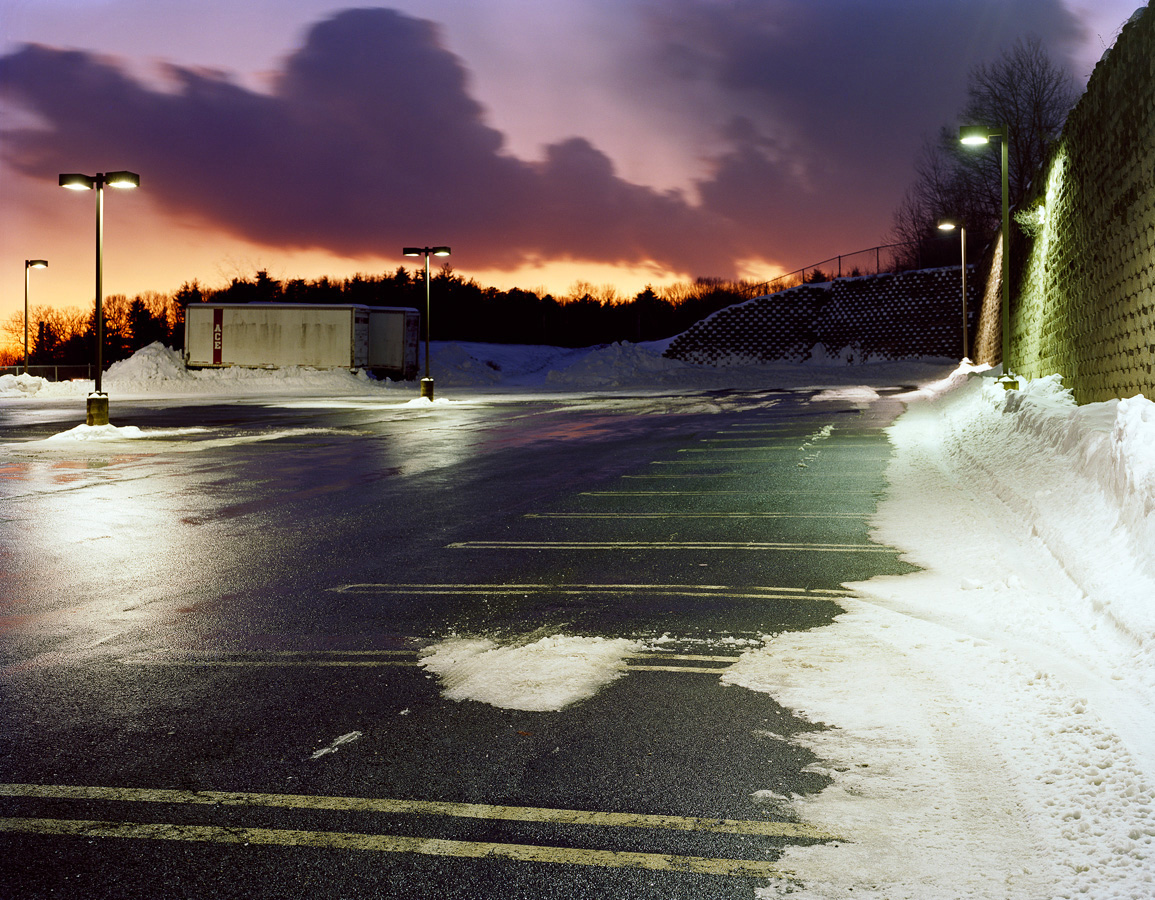
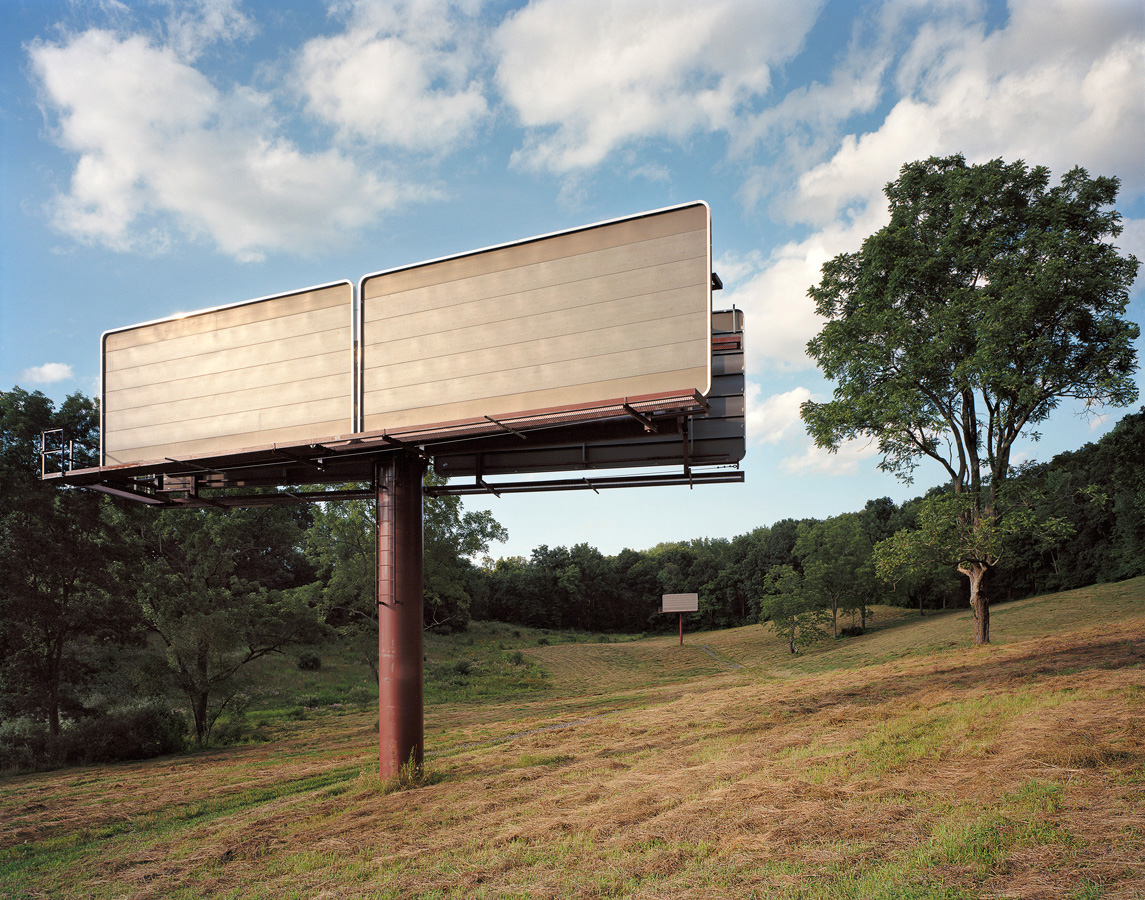


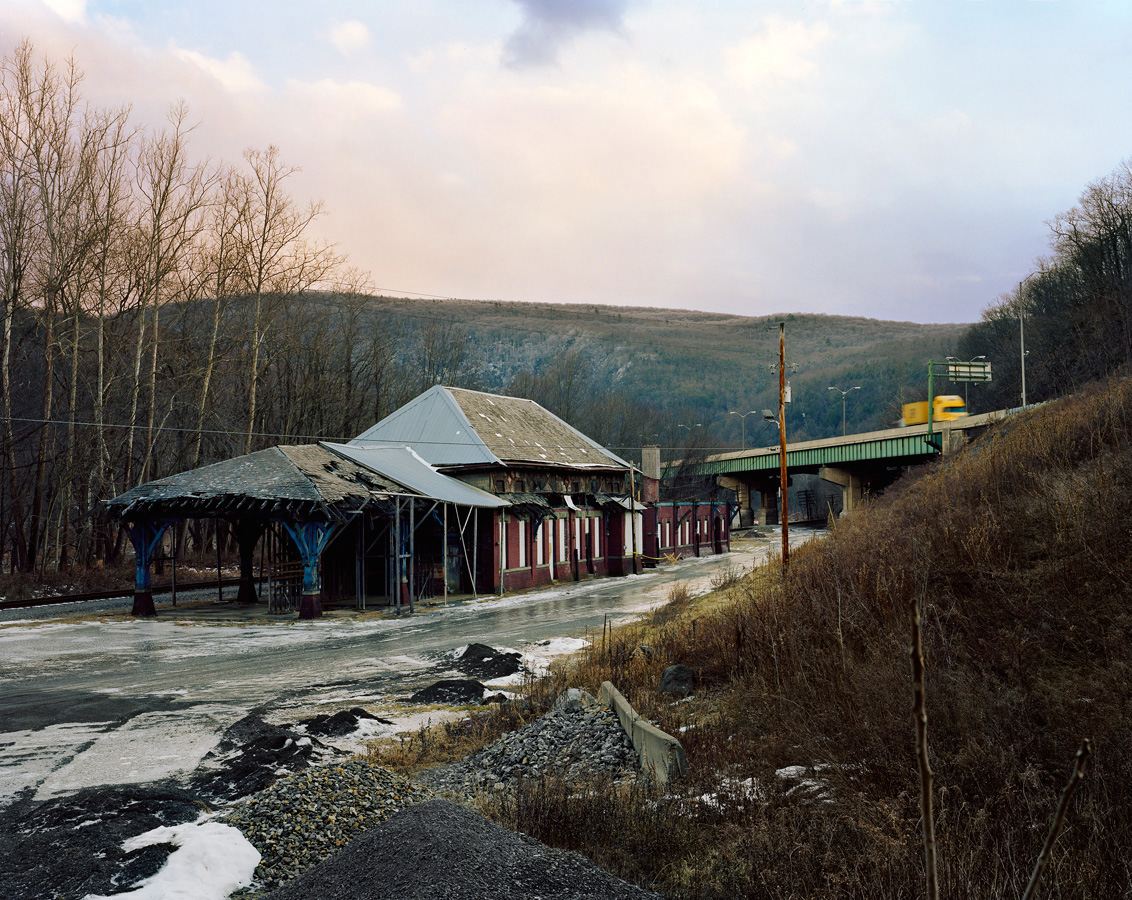

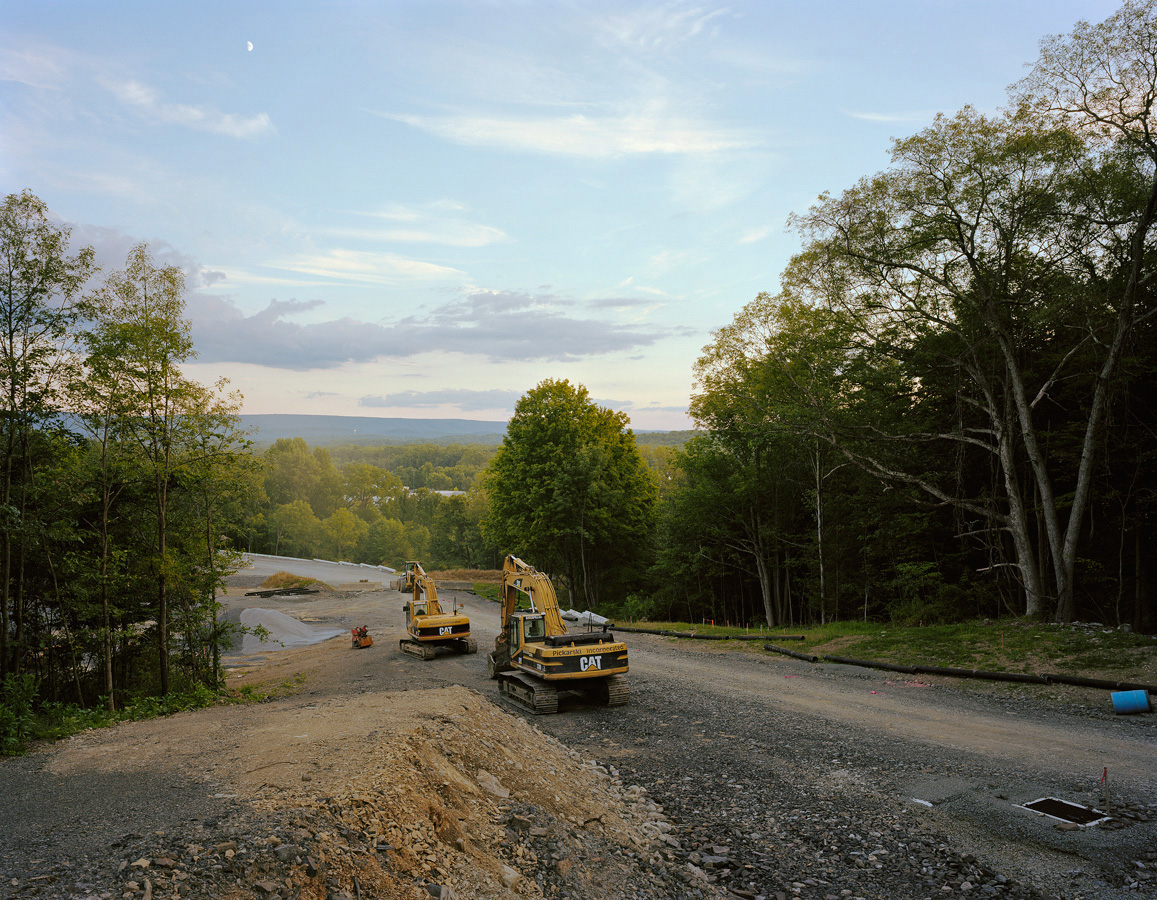

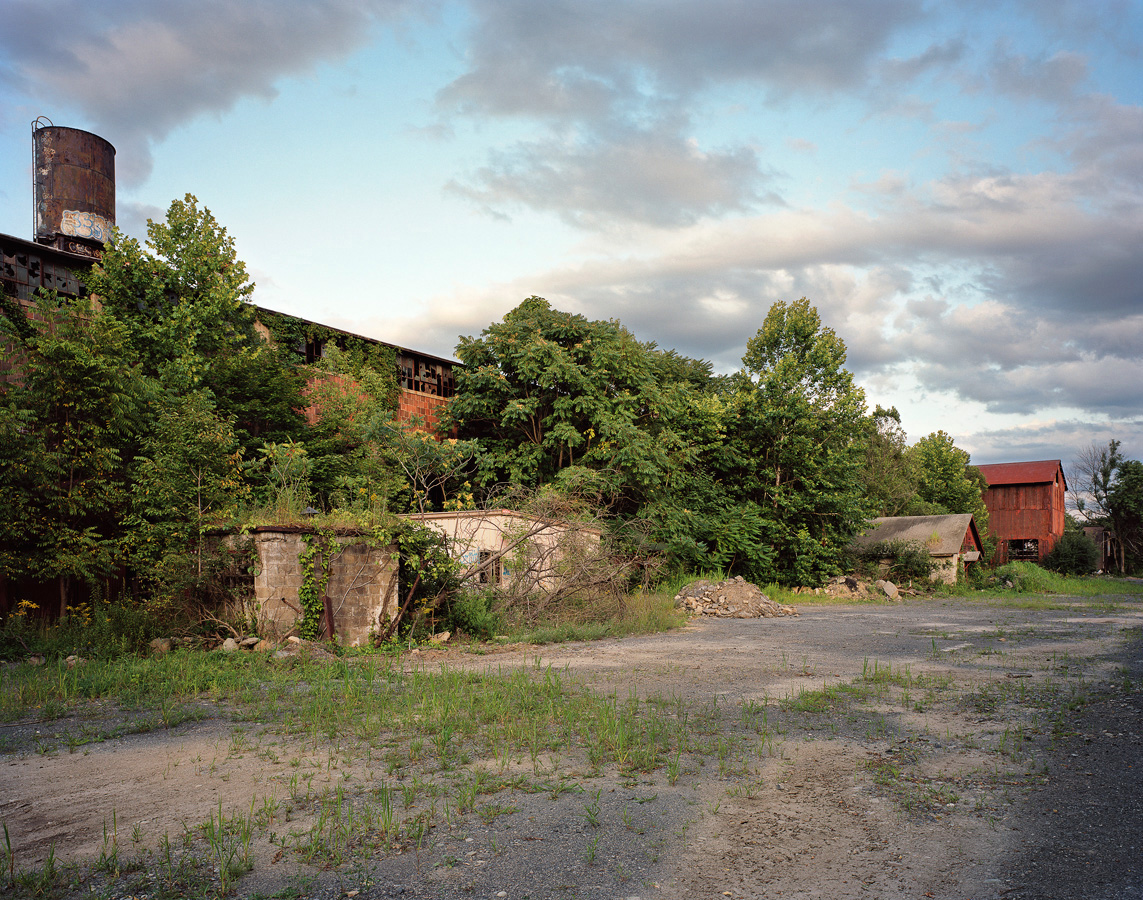
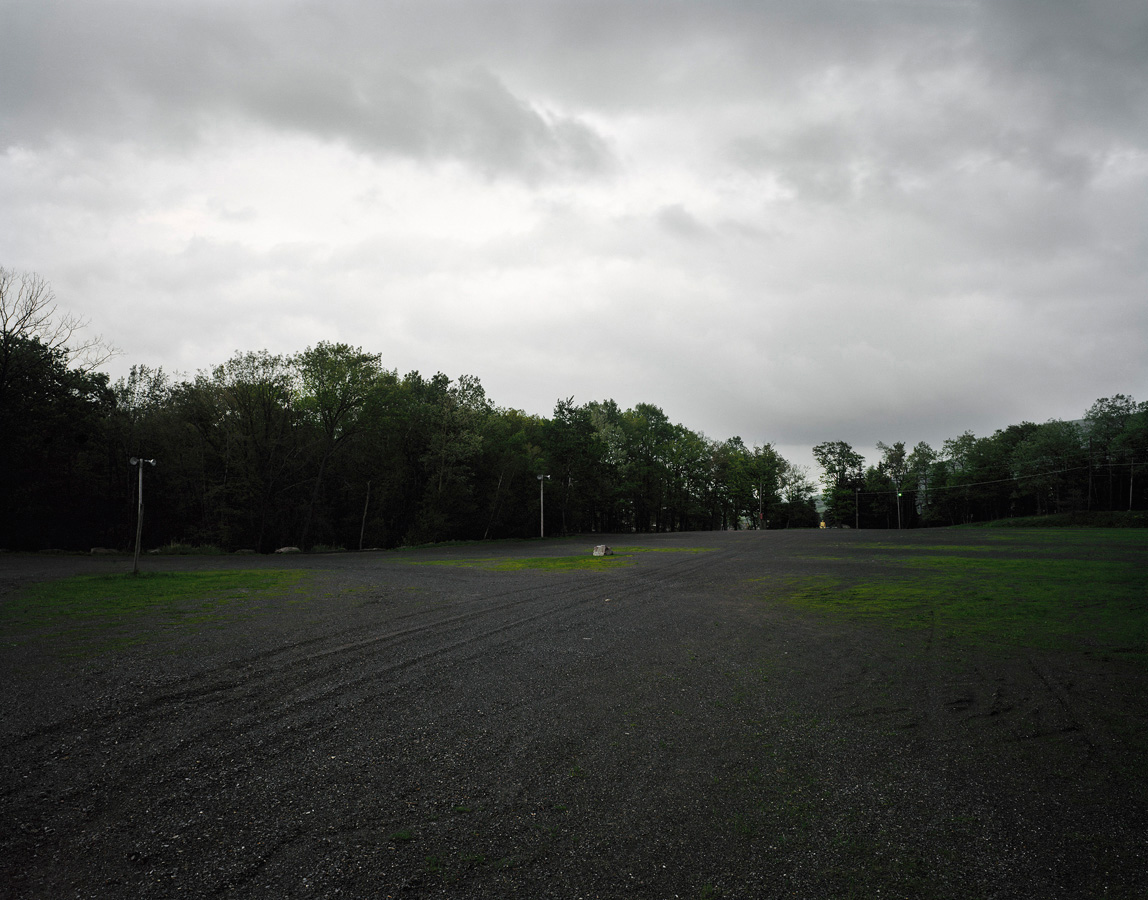
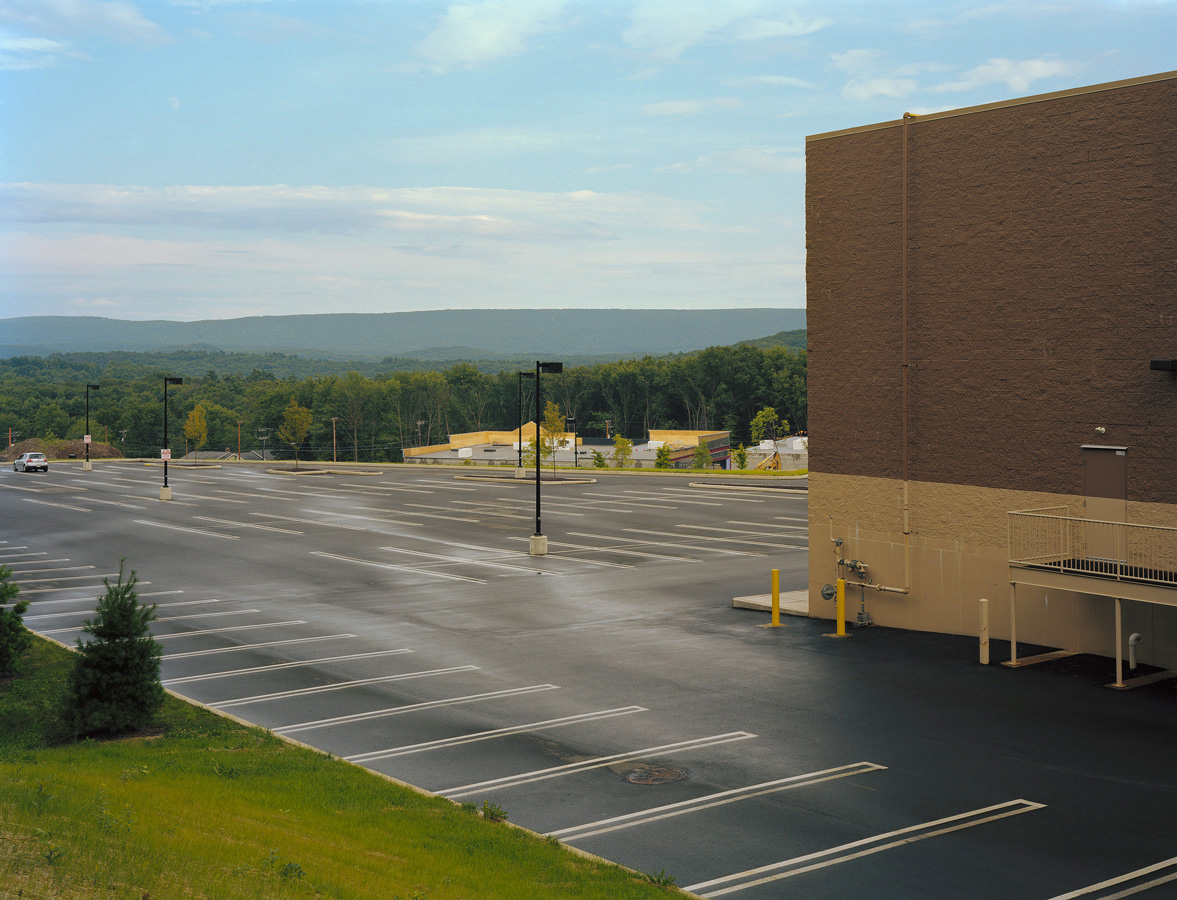
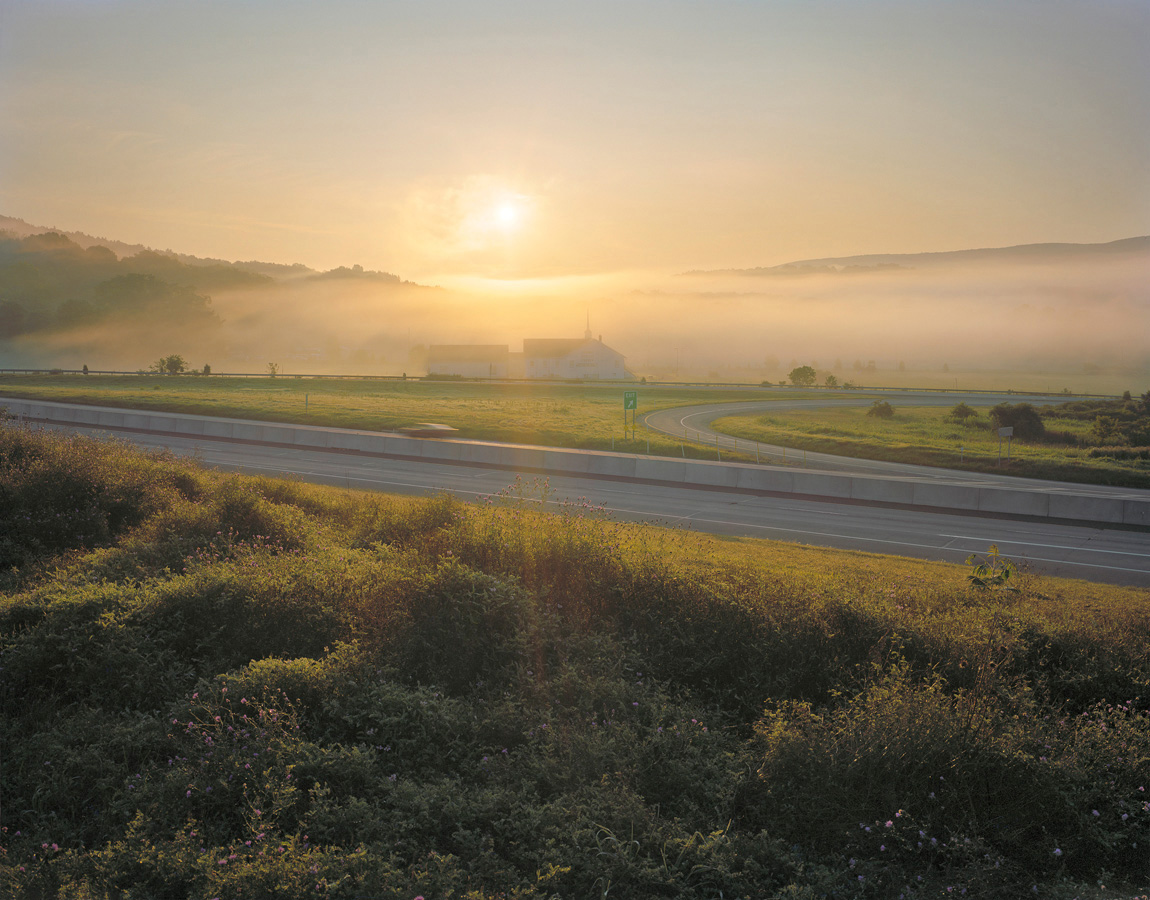

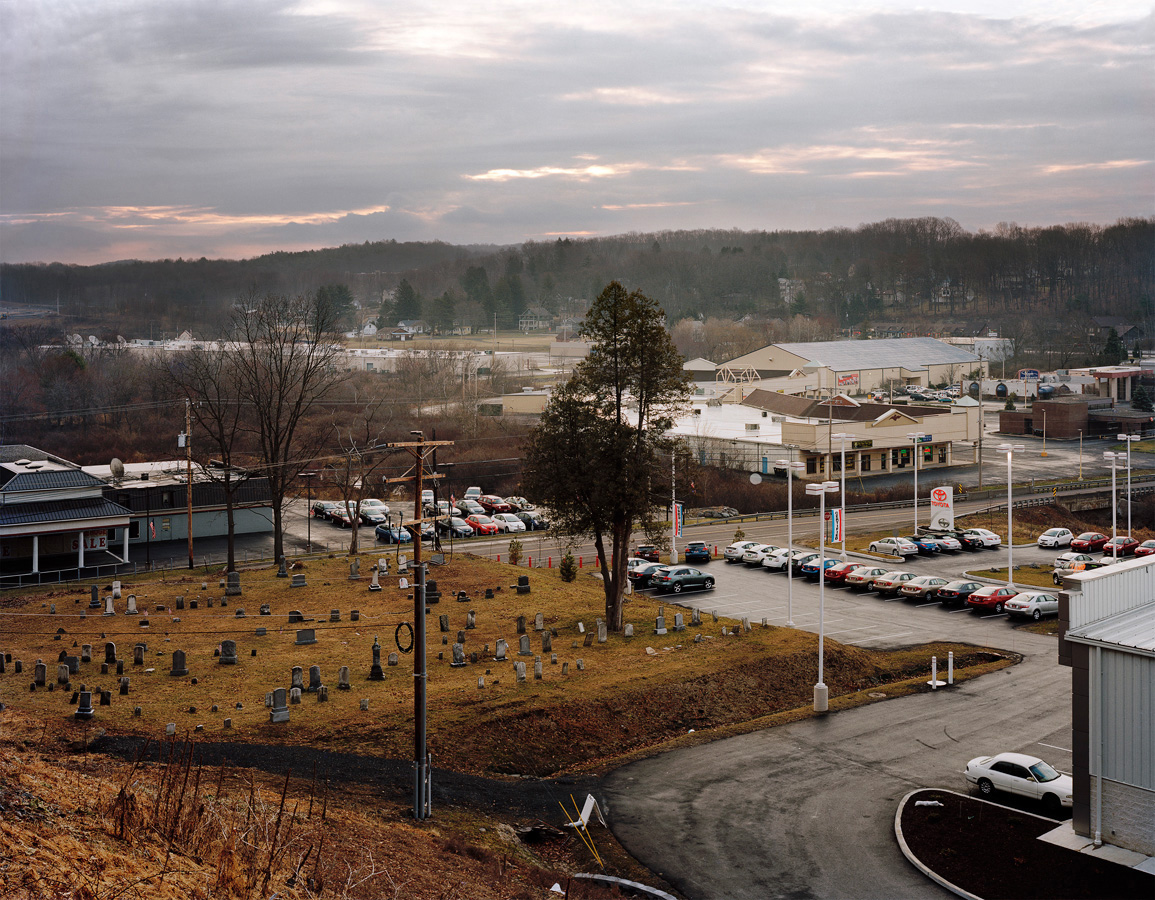
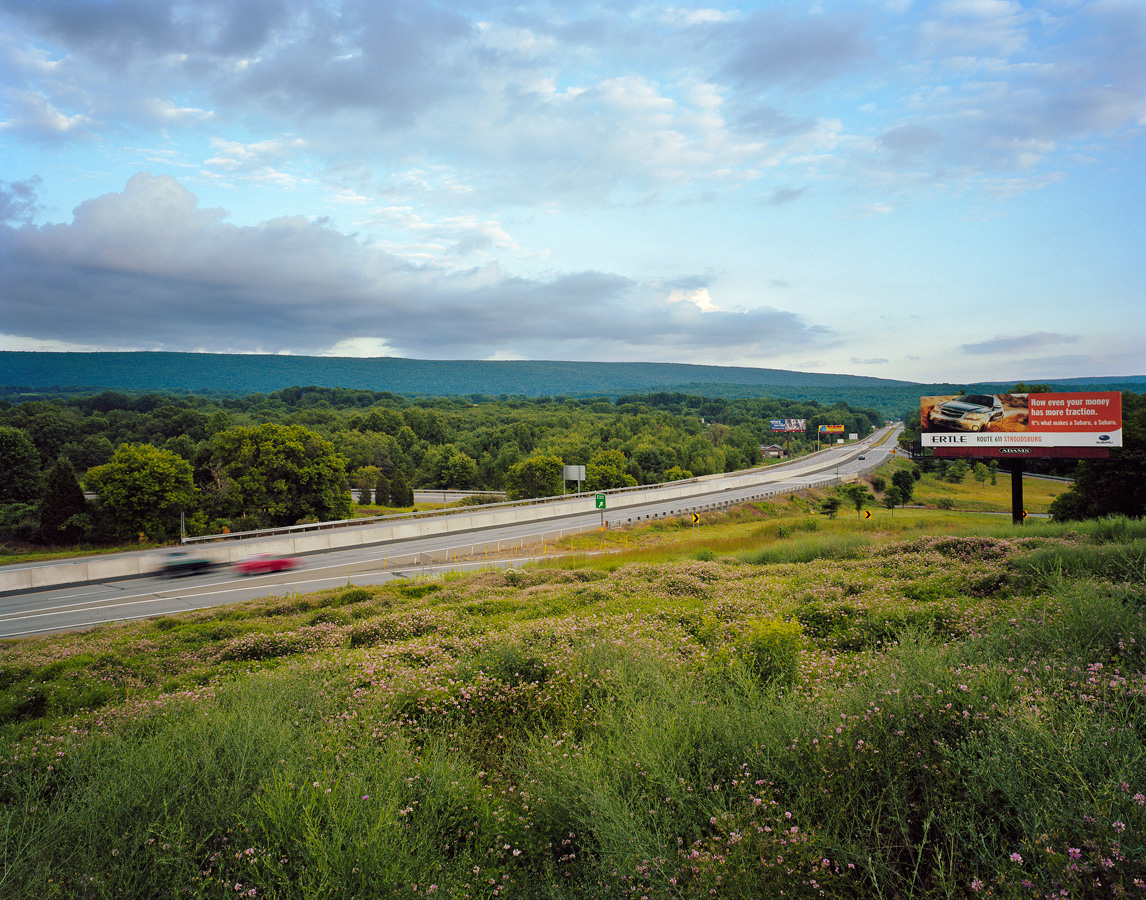
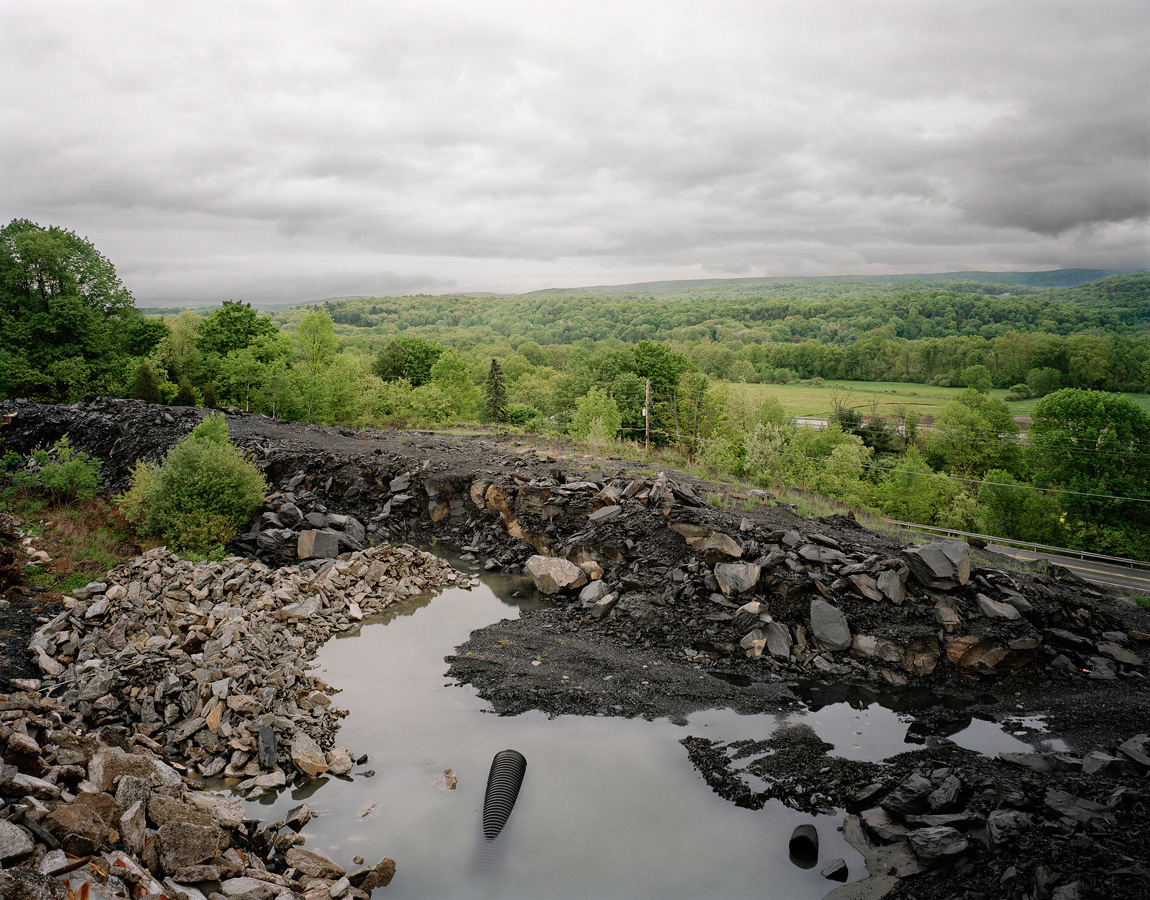
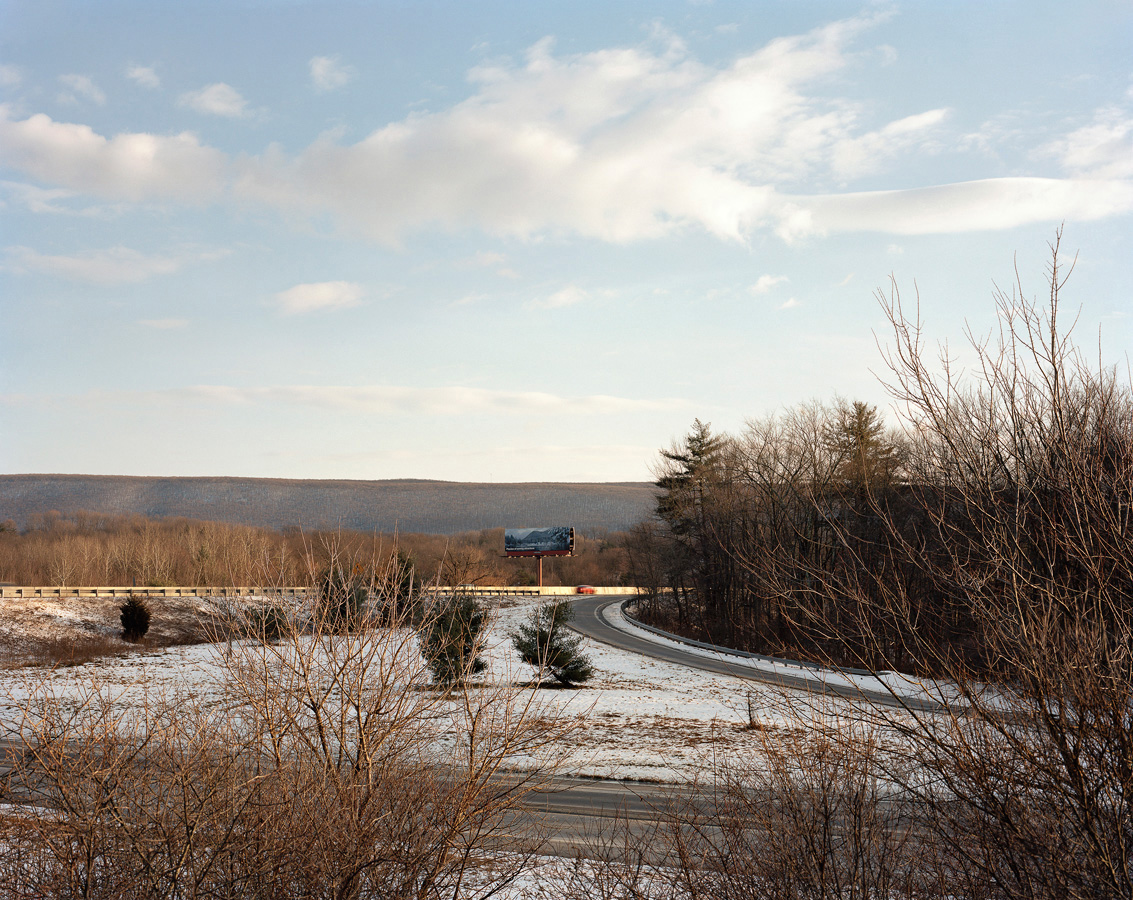



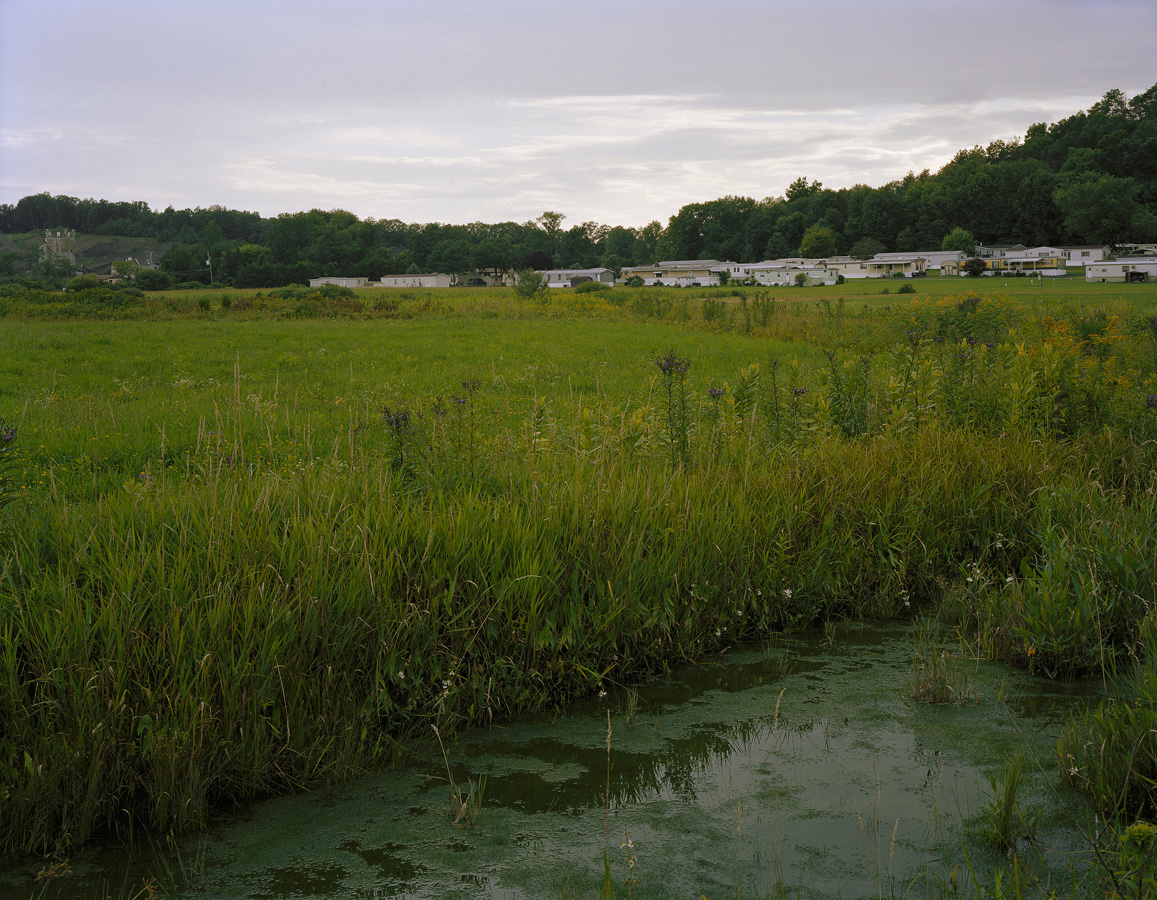
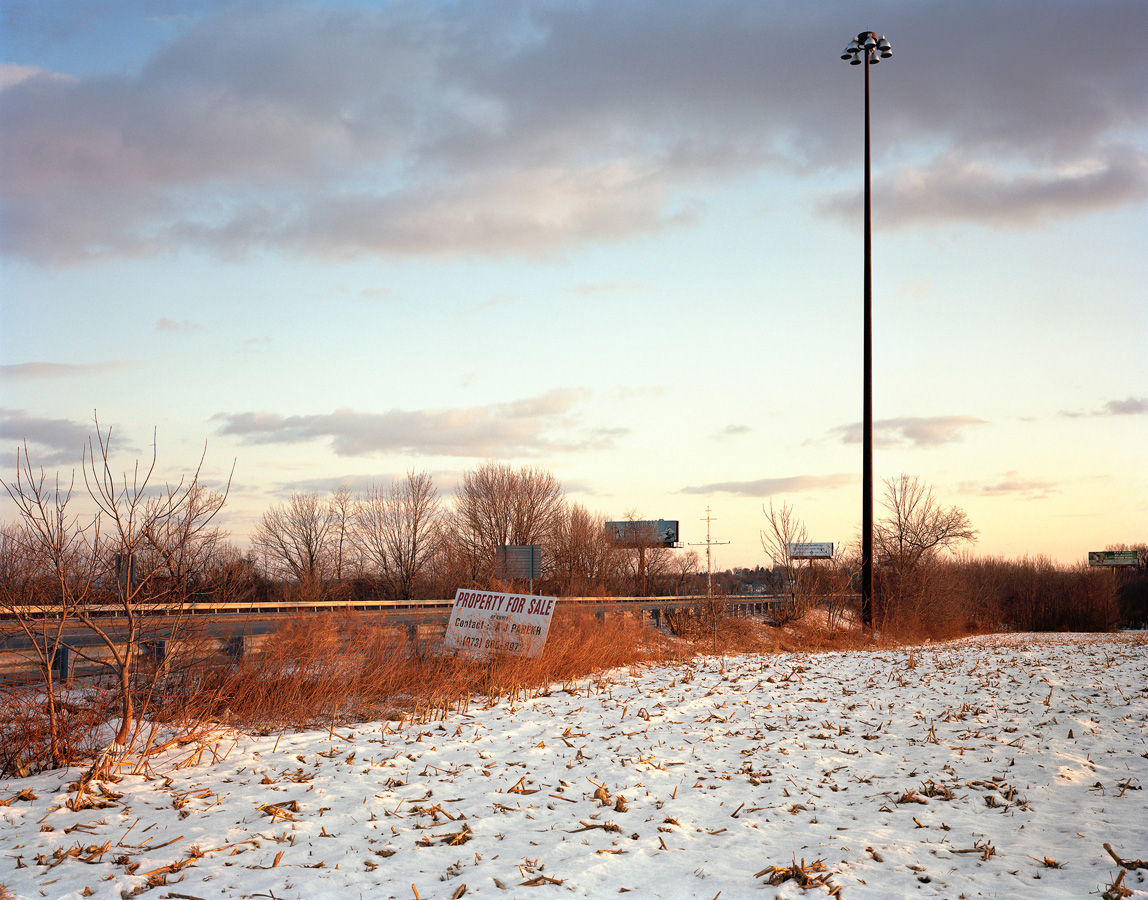
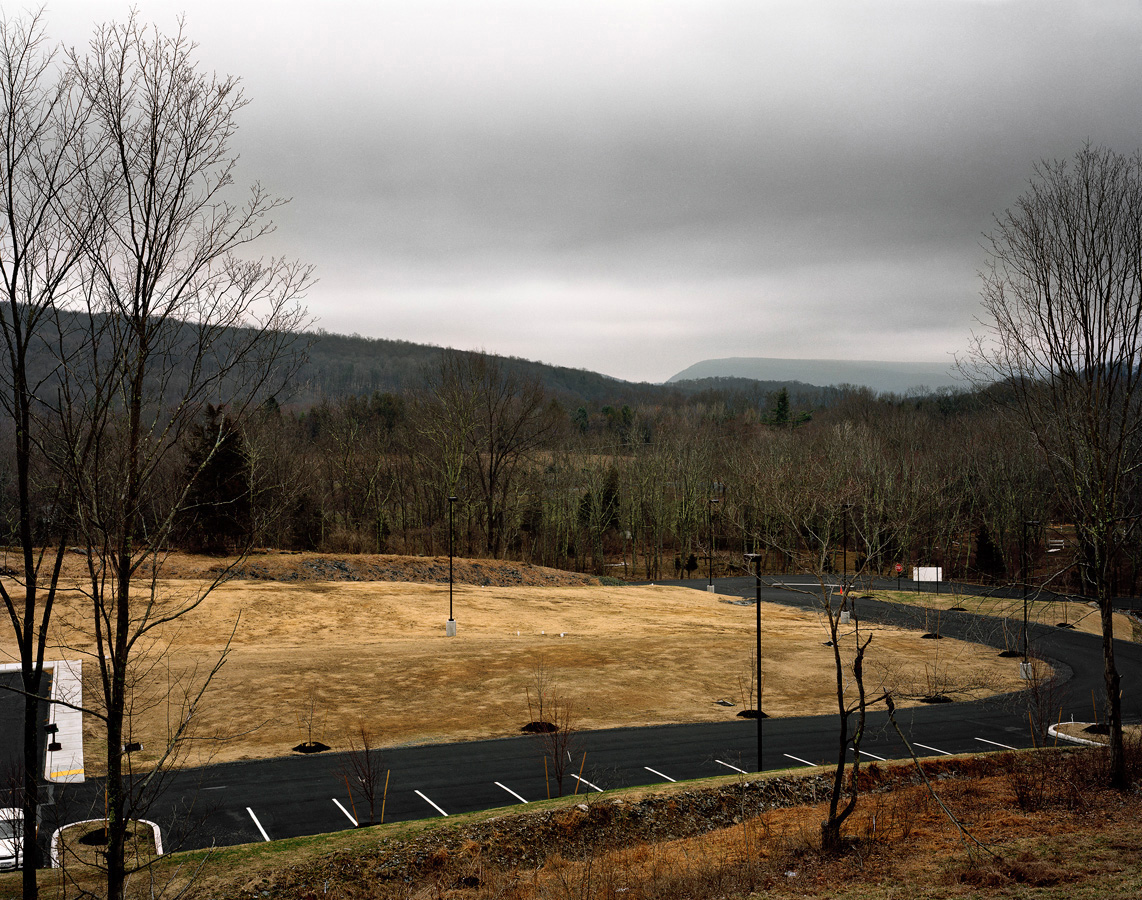
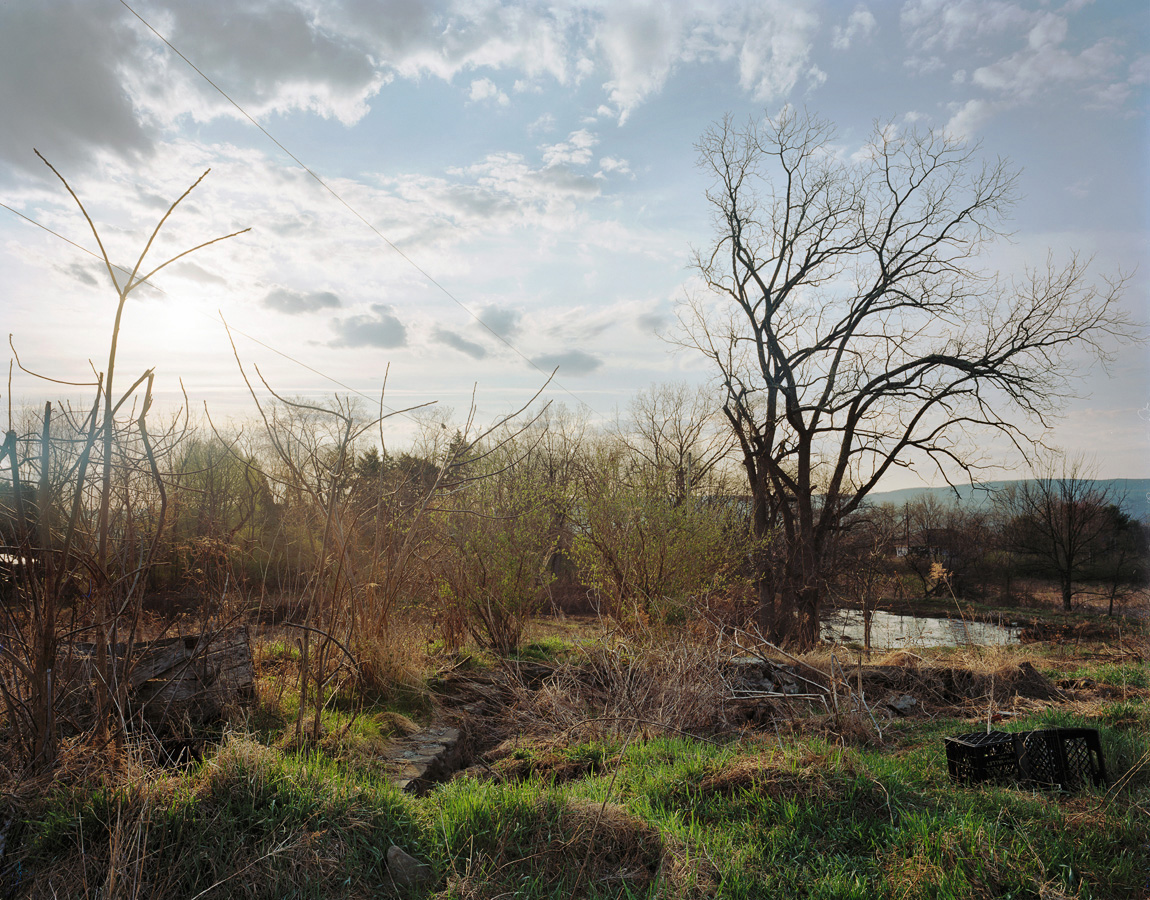
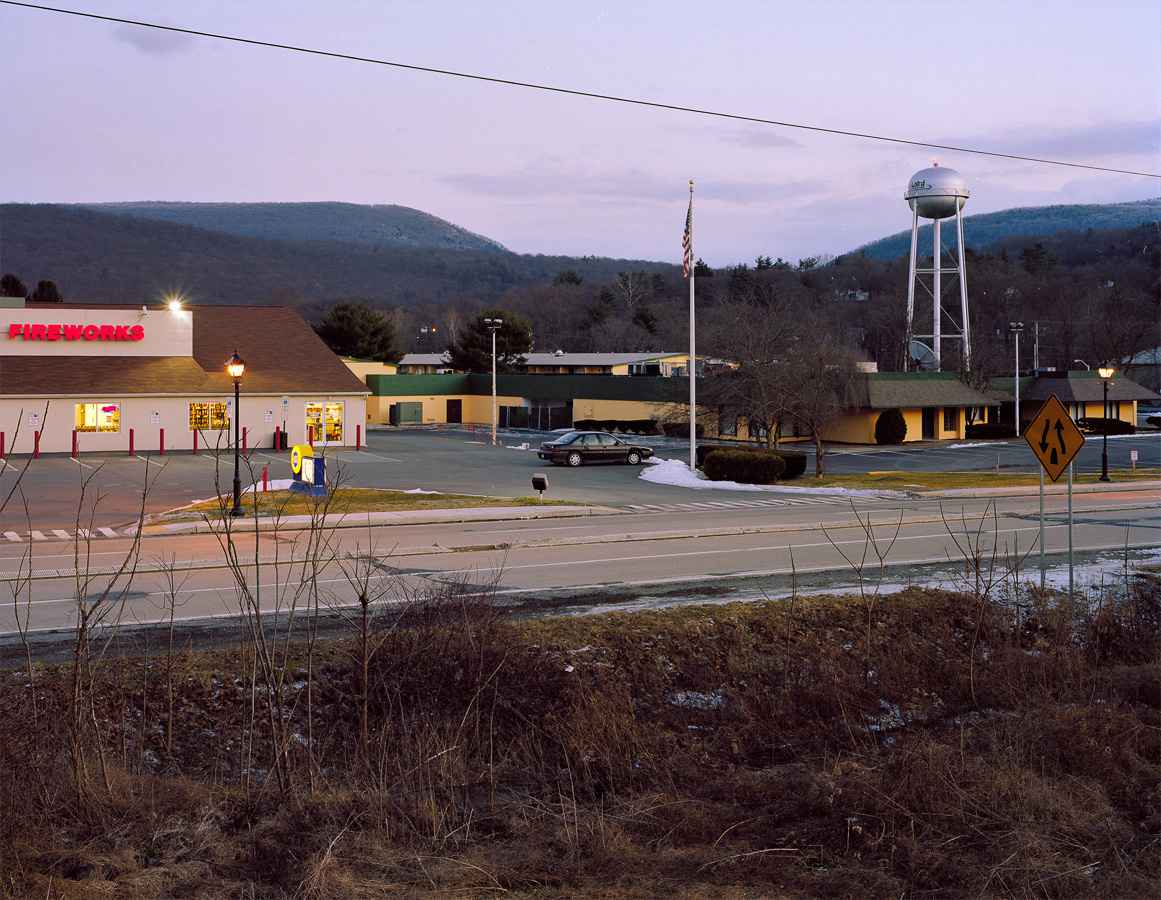
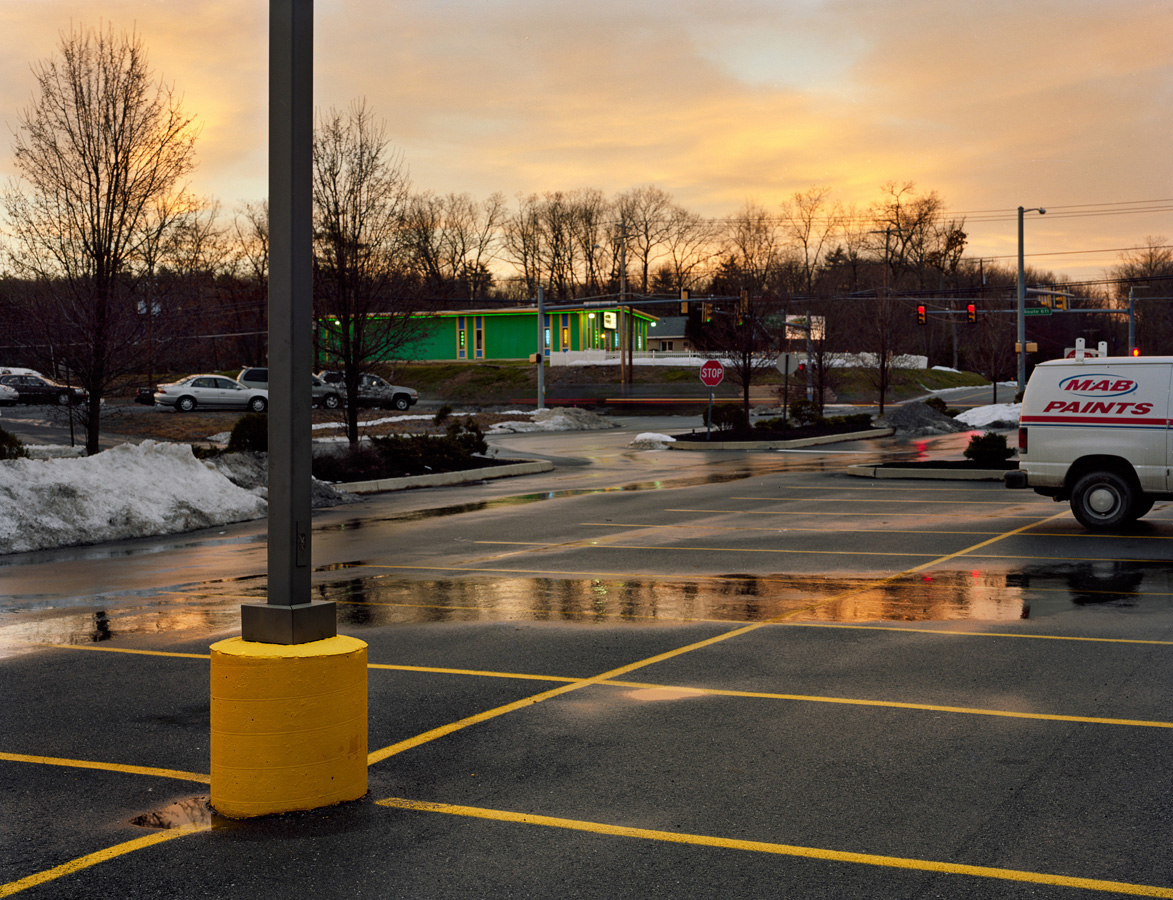
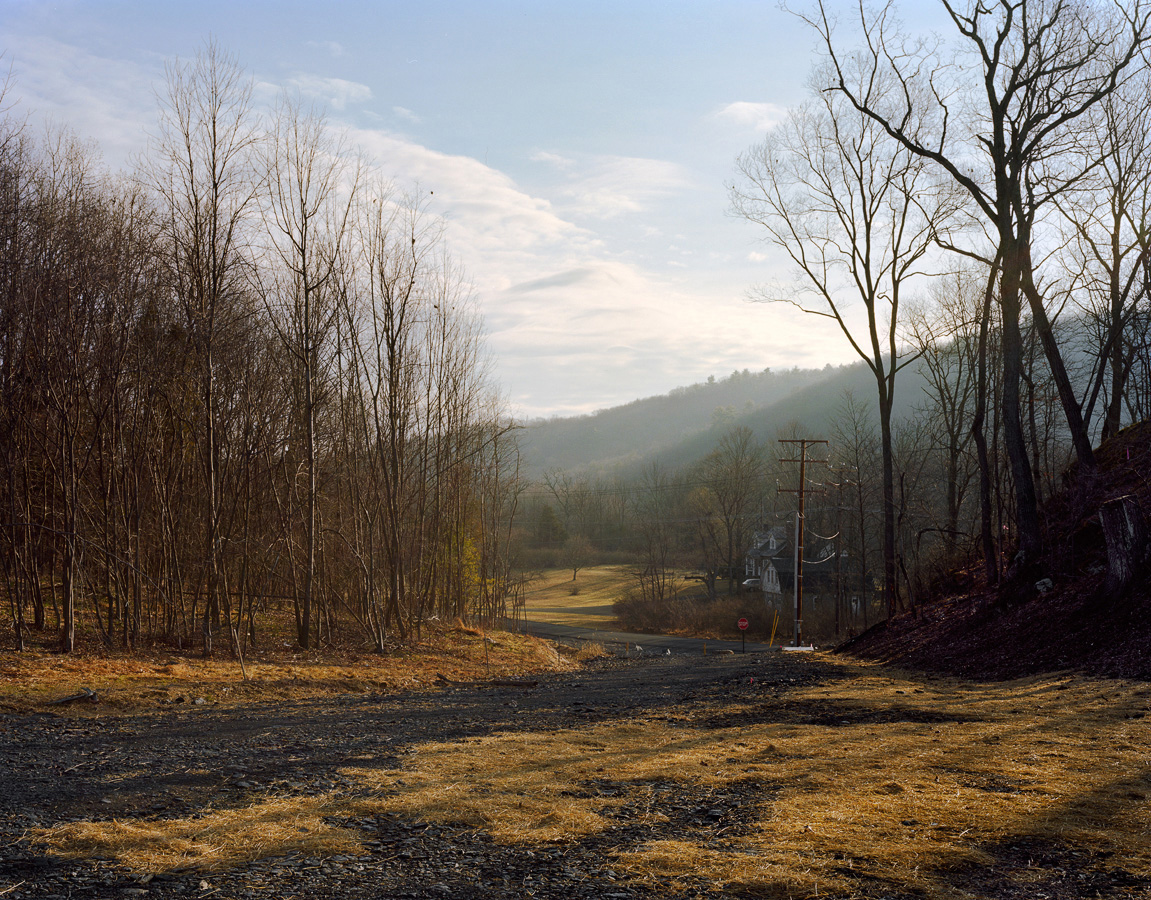
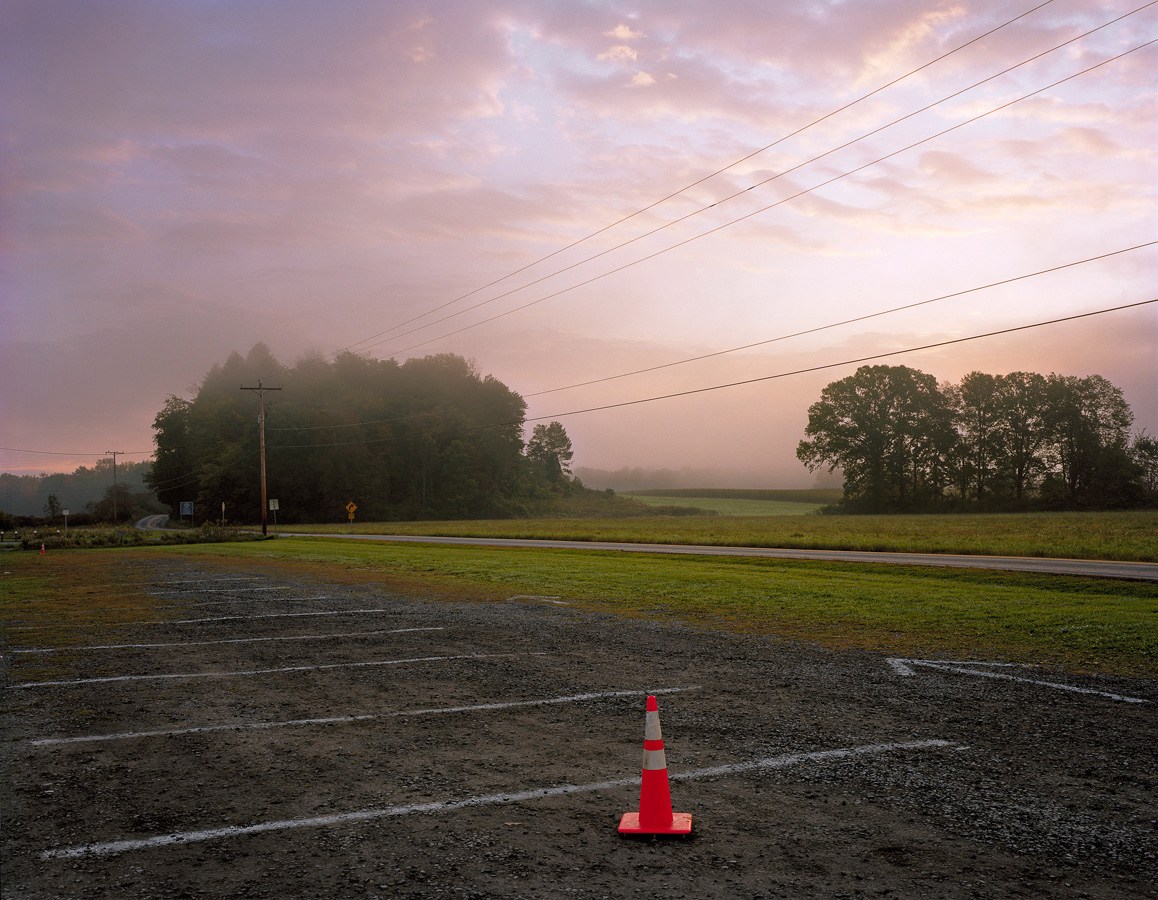
Henry Amistadi, curator and manager of the blog The Future and Forever, on Roadside Sublime
Peter Croteau’s project, Roadside Sublime, is an investigation into man’s relationship to nature, and notions of beauty and the sublime in works that represent the landscape. The project winds it’s way through the changing place of landscape in art history. Depicting the landscape from high vantage points with deep views into the distance and dramatic skies, Croteau references the Hudson River School of painters from 19th century American art. Referencing this aesthetic places the photographers work within a historical context.
While the Hudson River painters intended their work to inspire awe- a terrible and delightful experience of the sublime, Croteau uses the same aesthetic to show viewers how humans are changing the landscape. By focusing on the liminal spaces surrounding roadways and construction zones, the photographer draws our attention to the industrialization and commodification of the landscape. In every photograph there is evidence of man, from the cracked asphalt of an old road, to the industrial sprawl of parking lots and retail stores mingling with cemeteries, reminiscent of Walker Evans 1935 photograph, Town and Steel Mills Seen from St. Michael’s Cemetery, Bethlehem, Pennsylvania.
The combination of Croteau’s aesthetic and his subject matter creates a tension for the viewer between beauty and the wastelands represented. This tension raises emotional unease in the viewer, a confusion at the apparent contradiction before them. It causes a reevaluation of our notions of place and beauty in the context of the contemporary relationship between man and landscape.

